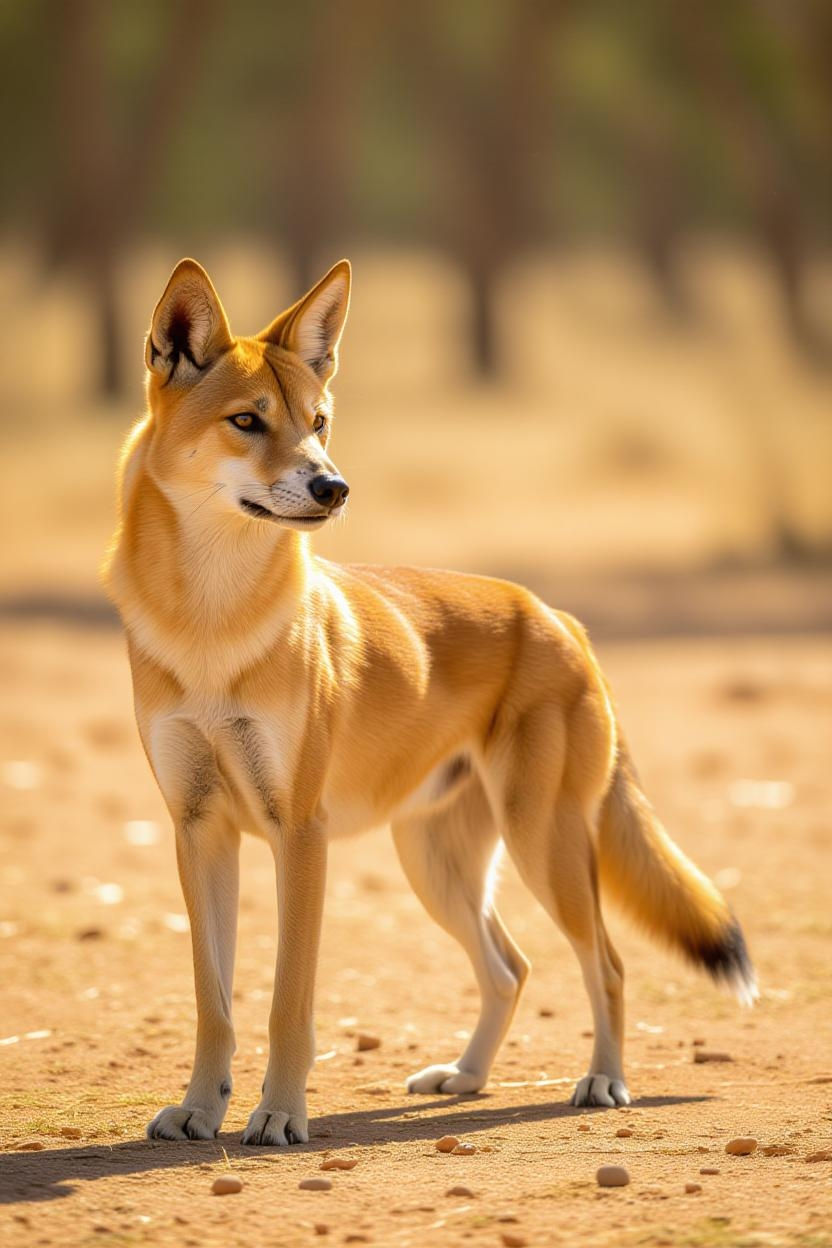How Human Actions Shape Ecosystems
- Jonathan Ronin

- 22 hours ago
- 4 min read
Updated: 52 minutes ago
The earth breathes beneath our feet, a living mosaic of forests, rivers, deserts, and oceans. Every step we take, every choice we make, ripples through this intricate web. I see it clearly: our actions carve the fate of ecosystems. This is not a distant story. It is happening now, all around us. The pulse of nature quickens or falters depending on how we treat it. We hold the power to heal or harm. Let’s dive deep into how human actions shape ecosystems and what we can do to tip the balance toward restoration.
The Pulse of Human Ecosystem Effects
Ecosystems are dynamic, vibrant, and complex. They thrive on balance - a delicate dance of species, climate, and geography. But human activities have become a disruptive force. From sprawling cities to vast farmlands, our footprint expands relentlessly. The effects are dramatic and undeniable.
Take deforestation, for example. When we clear forests for timber or agriculture, we erase homes for countless species. Soil erodes, rivers silt up, and carbon escapes into the atmosphere. The loss is not just local; it echoes globally through climate change and biodiversity loss.
Yet, the story is not only one of destruction. We also see regeneration where people act with intention. Reforestation projects, wetland restoration, and sustainable farming practices breathe new life into damaged ecosystems. The key lies in understanding the scale and nature of our impact.

Understanding Human Ecosystem Effects: The Web of Influence
Human ecosystem effects are multifaceted. They stretch across air, water, and land, intertwining with social and economic systems. Pollution poisons rivers and oceans, invasive species disrupt native populations, and climate change alters habitats faster than many species can adapt.
Consider urbanisation. Cities grow upward and outward, replacing natural habitats with concrete and steel. This fragmentation isolates wildlife populations, reduces genetic diversity, and increases human-wildlife conflicts. Yet, urban green spaces and wildlife corridors can mitigate these effects if planned thoughtfully.
Agriculture, too, is a double-edged sword. It feeds billions but often at the cost of soil health, water quality, and biodiversity. Intensive monocultures drain nutrients and rely heavily on chemicals, while regenerative agriculture restores soil, conserves water, and supports diverse life.
The challenge is clear: we must rethink how we live and work within ecosystems. Every decision matters. Every action counts.

What are three types of human activities that can impact an ecosystem?
Let’s break it down. Three major human activities stand out for their profound effects on ecosystems:
Land Use Change
Clearing forests, draining wetlands, and converting grasslands for agriculture or urban development disrupt habitats and alter natural processes. This leads to loss of species, soil degradation, and changes in water cycles.
Pollution
Chemicals from factories, farms, and households contaminate air, water, and soil. Nutrient runoff causes algal blooms that suffocate aquatic life. Plastic waste chokes oceans and harms marine creatures. Air pollution affects plant growth and human health alike.
Climate Change
Driven largely by fossil fuel burning and deforestation, climate change shifts temperature and precipitation patterns. Species must migrate, adapt, or face extinction. Coral reefs bleach, forests dry, and weather extremes intensify.
Each activity is a thread in the tapestry of human ecosystem effects. But they are not isolated. They interact, amplify, and compound. Understanding these connections is vital for crafting effective solutions.

The Power of Awareness and Action
I believe knowledge fuels change. When we grasp the scale of human impact on ecosystems, we ignite a spark of responsibility. This is why initiatives like the Global Wildlife Response Initiative are crucial. They spotlight the urgent need to rescue, protect, and restore wildlife and habitats worldwide.
Here’s what we can do, right now:
Support sustainable products: Choose goods that protect ecosystems, like certified timber, organic food, and recycled materials.
Reduce waste and pollution: Cut down on single-use plastics, properly dispose of chemicals, and advocate for cleaner industries.
Promote habitat restoration: Volunteer or donate to reforestation, wetland recovery, and wildlife corridor projects.
Advocate for smart policies: Push for laws that protect natural areas, regulate emissions, and encourage sustainable land use.
Educate and inspire others: Share knowledge, lead by example, and build community around conservation goals.
Every small step builds momentum. Together, we can shift the narrative from destruction to regeneration.
Embracing Innovation for Ecosystem Resilience
The future of ecosystems depends on innovation. Technology and traditional knowledge combined can create powerful solutions. From satellite monitoring of deforestation to indigenous land management practices, we have tools to protect and restore.
Imagine drones planting trees in hard-to-reach areas. Picture AI predicting wildlife migration patterns to design better protected areas. Visualise renewable energy replacing fossil fuels, reducing climate stress on ecosystems.
But innovation must be guided by respect for nature’s limits. It must empower local communities and preserve cultural heritage. It must be bold, inclusive, and sustainable.
The call to action is clear: embrace innovation with heart and wisdom to safeguard our planet’s living fabric.
The ecosystems around us are not just backdrops to our lives. They are the very foundation of our existence. Our actions ripple through them, shaping their future and ours. Let us choose to be guardians, not destroyers. Let us act with urgency, creativity, and compassion. The time to shape positive human ecosystem effects is now. The earth waits for no one. Will you answer the call?


